Detoxing our bodies from toxins and pollutants with just a glass of fresh pressed cranberry juice? Seems like a pretty good deal to me! But are these marketing claims true or just another way the diet industry has led us astray? Today on the blog we dive into what exactly juice cleanses are, if there is any truth to their claims of detoxifying the body, the benefits and risks of following a juice cleanse, and 3 alternatives you can do instead.
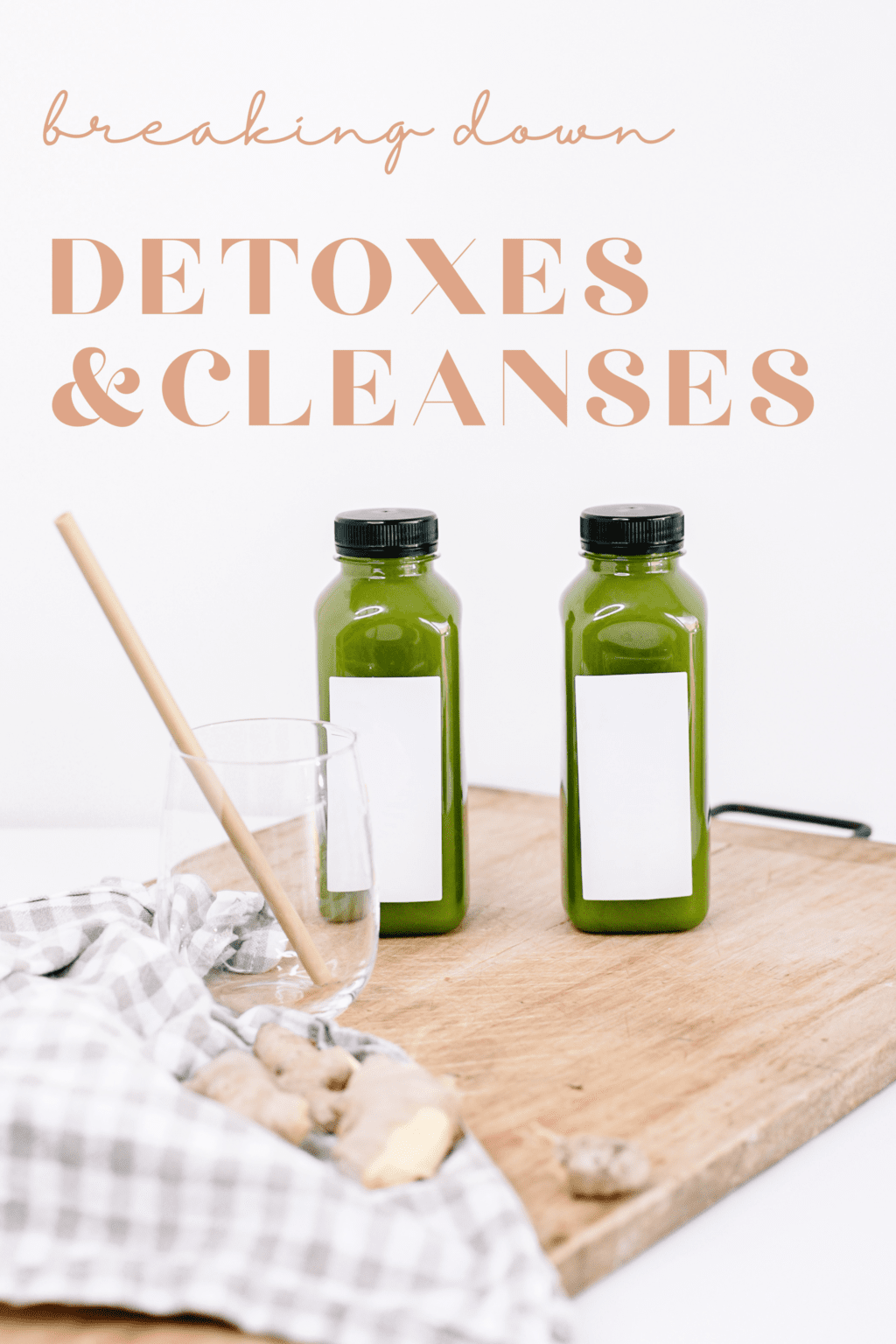
Cleansing, purifying, detoxifying… What do all of these words have in common? These words have all been sneakily co-opted by diet culture to lead you to believe that you’re not doing enough, that your body is…‘unclean’ even… and that you need to do something about it.
This obsession with ‘wellness’ is another way that the diet industry lines their pockets, because it’s not just about weight loss, it’s about cleansing your body from every ‘bad’ decision you’ve ever made to become ‘pure’ again. And – conveniently – packaging the solution into a pricey product.
As an intuitive eating dietitian, I want to arm you with the facts so that you can feel empowered in your eating decisions. Today on the blog, we do a deep dive into what juice cleanses are, if there’s any truth to their claims of detoxifying the body, the benefits and risks of following a juice cleanse, and 3 alternatives.
In this blog we will cover:
- What is a juice cleanse?
- Do juice cleanses actually detoxify your body?
- Benefits of juice cleanses
- Risks of juice cleanses
- Alternative ways to nourish your body
Despite the claims of weight loss and detoxing your body, following a juice cleanse may actually decrease your metabolism, increase your hunger and cravings, and worsen your digestion. Read more about that here. Read more about that here.
Typically any rapid weight loss may actually be due to water loss. Additionally, following a crash diet like this may lead to more weight gain long term. Find out more about that here.
What is a Juice Cleanse?
While there are many variations of juice cleanses, most of them include only consuming freshly squeezed juices from organic fruits and vegetables, often for a duration that varies from 3 days to weeks. Some protocols may also require you to purchase additional ‘detoxifying’ supplements to help ‘reset’ the body.
One juice cleansing protocol, that was arguably the most popular of its time, was the Master Cleanse that was launched by Stanley Burroughs. In this method, you were required to drink a concoction of lemon, water, maple syrup, and cayenne pepper for 10 consecutive days. This juice cleanse caught a lot of traction among different celebrities, including Beyonce and Demi Moore, with broad claims that it would purify the body of toxins, increase energy levels and significantly improve mental clarity.
Do juice cleanses actually detoxify your body?
It appears that toxins from our food system, water supply, and environment are to blame for everything from weight gain and brain fog to digestive and hormonal issues. Clever marketing ploys often make us believe that the only way to eliminate these toxins from our body is to flush them out through juice cleanses or detoxifying ‘skinny’ teas. But is there any evidence to back up these claims?
A review published in the Journal of Human Nutrition and Dietetics concluded that there is little clinical evidence to support the use of detox diets, despite the increasingly lucrative diet industry.
In fact, our bodies have naturally built in systems that filter, process, and excrete toxins and waste products through our skin, urine, and stool.
Our liver, lungs, digestive tract, skin, and kidneys are major contributors to these detoxifying pathways and need adequate calories and protein to function optimally. So while you may be following a juice cleanse to support these pathways, you might in fact be harming these systems due to the restrictive nature of the diet.
Ready to Transform Your Relationship with Food?
Explore not just what you eat but why you eat, how you feel when you eat and any patterns that affect how you feel or impact any choices you make and start your journey to food freedom today!
Benefits of juice cleanses
Are there any benefits to following a juice cleanse? Let’s dive into the proposed benefits of following a juice cleanse.
Can provide an easy way to increase fruit and vegetable intake
Some individuals find it easier to consume fruits and vegetables through juicing. Because juicing removes the fibrous pulp, one glass of juice could easily have 4-5 servings of produce. Fruits and vegetables contain ample amounts of health promoting nutrients, including phytochemicals, beta-carotene (a precursor to vitamin A), vitamin C and E, magnesium, zinc, and folic acid. These compounds work as powerful antioxidants in the body and can help lower inflammation.
Proposed impact on increased energy and mood
There are many anecdotal accounts from juice cleanse supporters who claim to feel better and more focused during and after a juice cleanse. However, juice cleanses also forbid the consumption of alcohol, highly processed foods, and caffeine, which may impact how one feels overall if these foods were previously consumed in large quantities.
Short term weight loss
While many claim that they lost significant amounts of weight by following a juice cleanse, the weight loss is often attributed to water loss. When the body undergoes semi-starvation from caloric restriction, like following a juice cleanse for example, it quickly burns through its glycogen stores that are stored in your liver and muscles. Glycogen is our body’s way of storing glucose or energy in case of emergencies and each gram of glycogen holds up to 3-4 grams of water.
Additionally, following a juice cleanse for a long period of time can be extremely difficult and largely unsustainable. So while you may lose weight in the short term, you’re likely to regain the weight, and then some, after you return to normal eating. And no – this is not due to your lack of willpower, it’s actually due to your biological drive to survive. We dive more into the science behind Why Diets Don’t Work here.
Risks of Juice Cleanses
There are many risks when it comes to following a diet that only allows you to eat one food group.
Decreased metabolism
When following a juice cleanse, you are restricting your body of adequate calories, fat, and protein. The cells in your body don’t perceive this deprivation as an intentional ‘cleansing’ diet, they perceive it as a famine. Your body is wired for survival, so if it stops receiving adequate calories, it will lower its metabolic rate and become more efficient with its energy. Inadequate calories can also lead to your body breaking down lean muscle tissue to be converted into glucose to fuel your brain (as glucose is your brain’s primary fuel source). Additionally without enough amino acids in the diet, the body’s muscle repair and maintenance pathways will be impaired. Consequently, losing metabolically active, lean muscle tissue may further drive down your metabolism.
Promotes disordered eating and weight cycling
Not only does severely limiting your calories result in fatigue, headaches, and irritability, it can also increase your preoccupation with food and make you feel obsessed. We discuss more about how restriction, both mental and physical, can result in feeling chaotic and obsessed with food here.
Such restriction can also promote further disordered eating, including emotional eating and bingeing. We often describe how restriction fuels intense cravings and chaotic overeating by imaging a bow and arrow. The more you restrict, the harder you pull on the bow, until it eventually shoots to the other side, often resulting in bingeing. If this resonates with you and you’re tired of falling into this same pattern, here are 3 ways to break free from the binge-restrict cycle.
Additionally, because juice cleanses are extremely difficult to sustain long term, this type of crash dieting promotes short term weight loss and subsequent rebound weight gain, often with individuals gaining more weight than when they started. We know that losing weight and regaining it back is harmful to our health. If this sounds familiar to you, here are 3 ways to stop yo-yo dieting immediately.
Increased digestive issues
Probiotics are beneficial bacteria that colonize our digestive tract and play many roles that support our health, including synthesizing vitamins, digesting food, supporting our immune system, and assisting with the production of neurotransmitters (in fact, up to 90% of our serotonin, aka our ‘feel good’ hormone, is created in the gut.) These microorganisms feed on prebiotics, which are fiber rich foods. Embarking on a juice cleanse robs your body from all of the beneficial fiber that supports a diverse and robust gut microbiota. Due to this, some individuals note increased episodes of GI upset, including diarrhea, constipation, and bloating.
Insatiable hunger and cravings
In response to food deprivation, our bodies will initiate pathways to drive us to eat more. For example, we may experience high levels of hunger due to our body producing more of our hunger hormone, ghrelin, and less of our satiety hormone, leptin. Additionally, because fruit and vegetable juices lack fiber, protein, and fat, glucose is absorbed quickly which sends our blood sugars spiking and subsequently falling. Extreme hunger and unstable blood sugars create the perfect storm for intense and overpowering cravings. If you’ve ever wondered, ‘Why am I craving carbs,’ this biological phenomenon might be why.
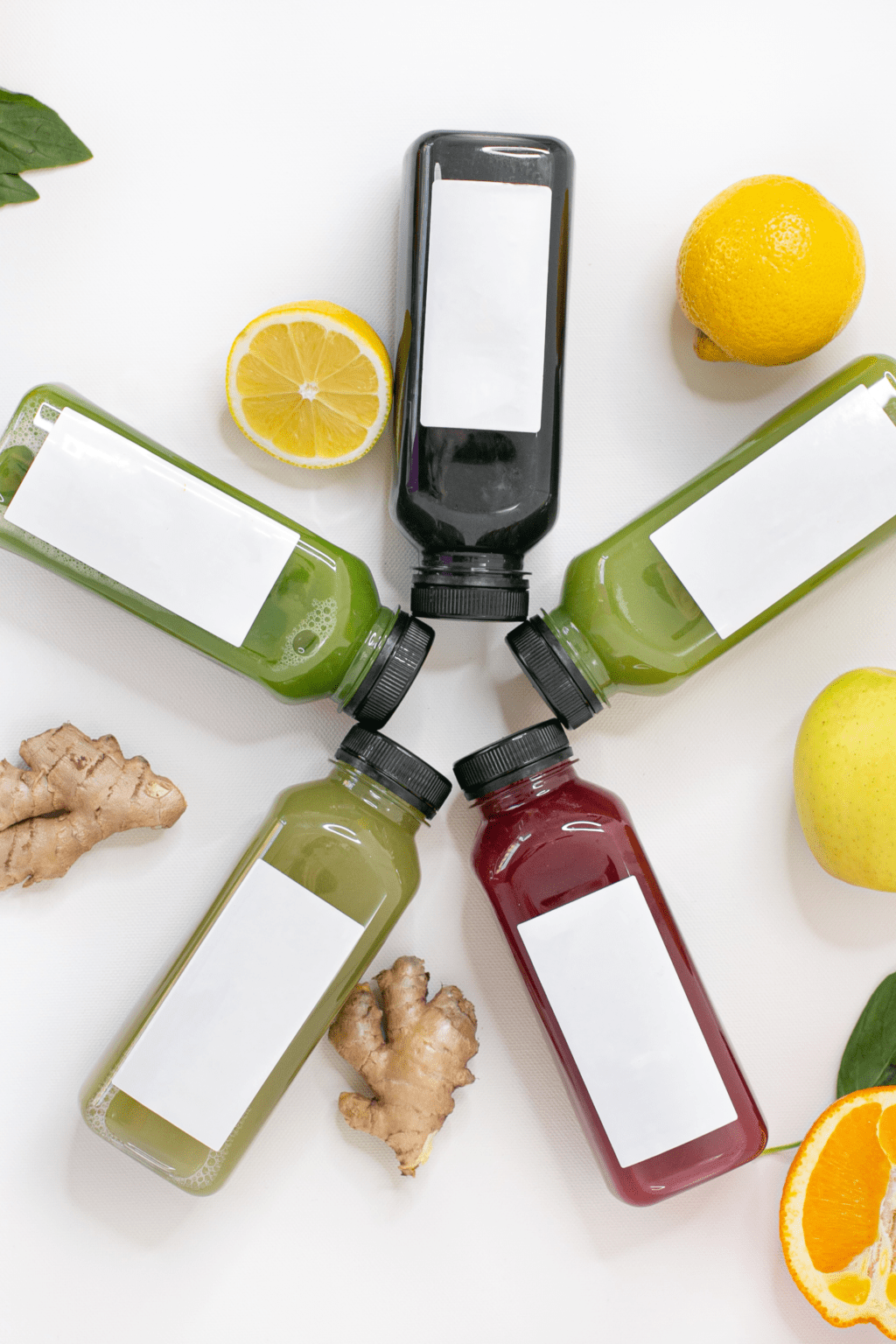
Alternative Ways to Nourish Your Body
If supporting your health through nutrition is a priority for you and you’re ready to stop feeling guilty after eating, here are 3 alternatives you can try:
- Eat the whole plants
- There’s no question that fruits and vegetables are packed with anti-inflammatory and antioxidant compounds that are supportive to our health. However, when we eat these foods along with their naturally occurring fibers, our bodies reap the benefits of stable blood sugars, longer lasting energy, increased satiation, and digestive and cardiovascular health.
- Lean into the plate method
- We are huge proponents of approaching your relationship to food with a positive lens, filled with abundance vs. restriction. We recommend considering the plate method by asking how you can add more colour, fiber, or crunch to your plate, along with protein, carbohydrates, and fat. By including all of the macronutrients in your meals, you’ll ensure your body is supported and meeting its micronutrient needs as well
- Try blending smoothies
- If you’ve come to the realization that juice cleansing won’t give you what you’re after, but you’re still interested in a thirst quenching, produce-packed beverage, try blending your fruits and vegetables into a smoothie! This provides a convenient alternative to juicing while still providing your body with fiber. Of course, enjoying a juice during your day is also absolutely fine!
- Here are a few smoothie recipes to get you started:
- 5 minute everyday green smoothie
- Mint chocolate black bean smoothie
- Creamy watermelon banana smoothie
- And if you’re looking for some meal prep inspo, here’s a round up of 15 + best healthy meal prep smoothie recipes
We support our Make Food Feel Good clients to implement these feel good nutrition strategies and a ton more in our 1:1 sessions and group coaching community.
Now Over to You
- What’s the most outrageous claim you’ve heard about juice cleansing?
- Have you ever tried a juice cleanse? What was that like?
- Any other questions we may have missed?
Share with us in the comments below or take a screenshot and share it with us over on Instagram! And if you found this post helpful, pass it along to a friend or family member who could benefit from it too!
Looking for More Support?
Looking for support to end the diet cycle, trust your body and learn the nutrition that feels amazing for YOU? Learn more about my Make Food Feel Good Program here where hundreds of women have found lasting success through my proven framework and step-by-step guided support. Let’s Chat!

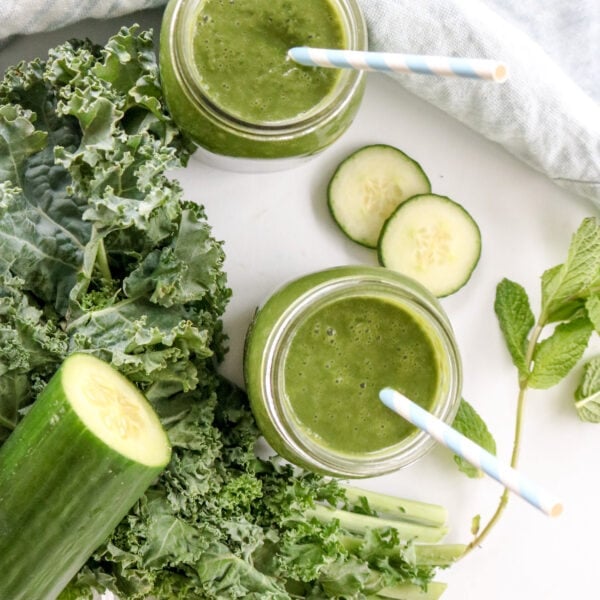


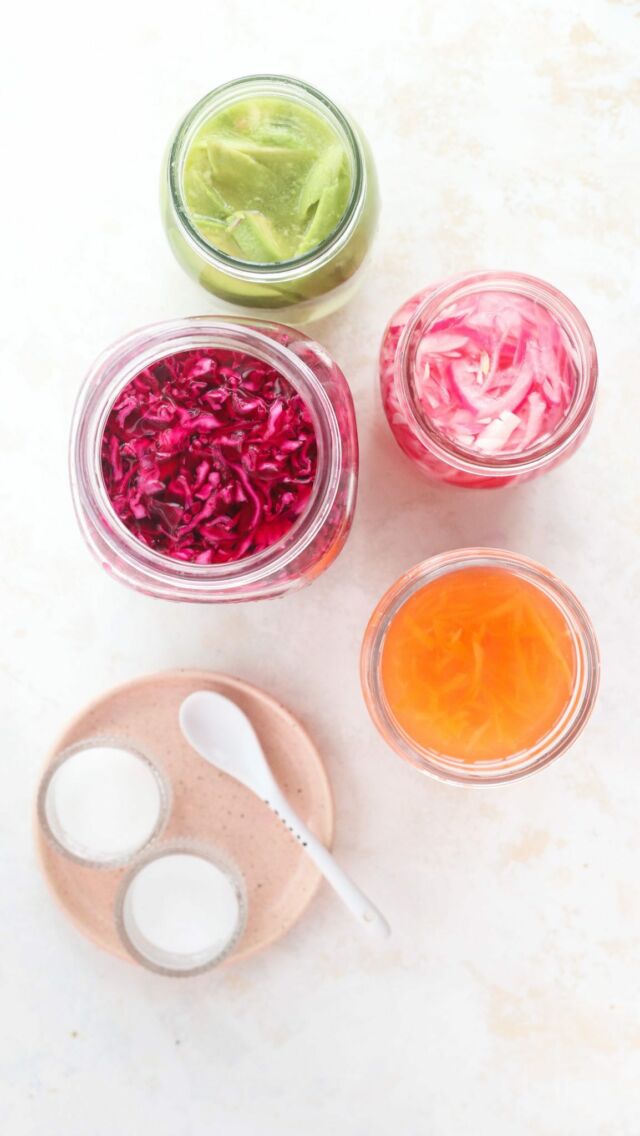

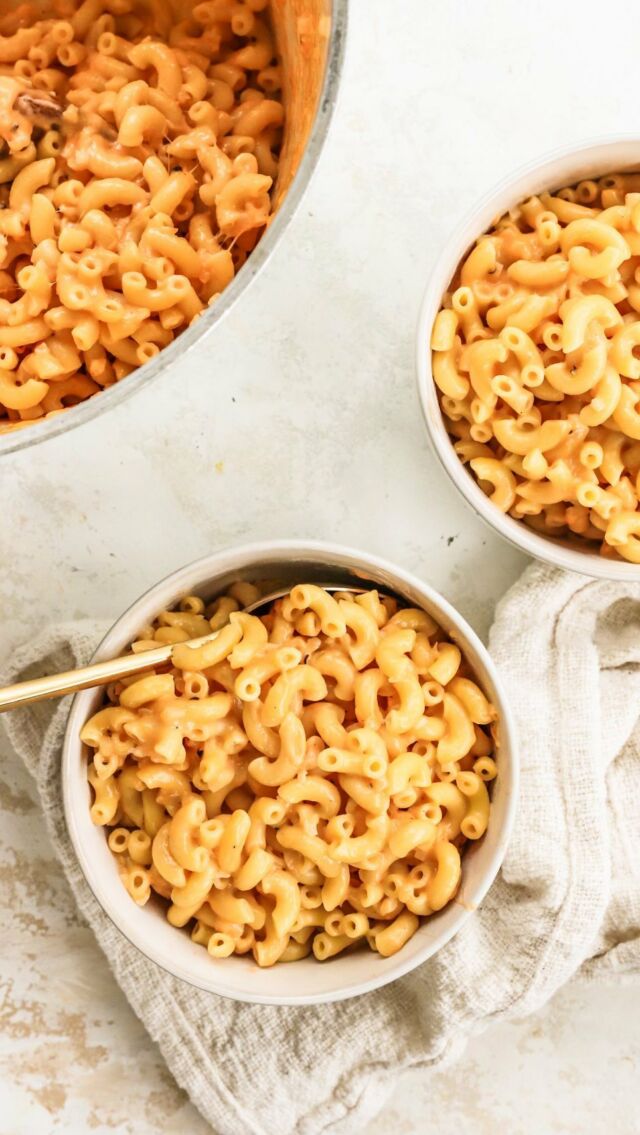


Leave a Comment & Rate this Recipe